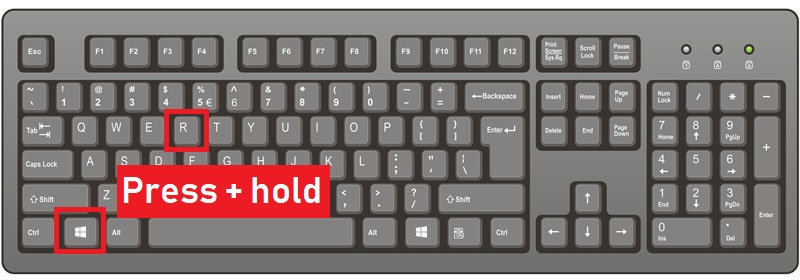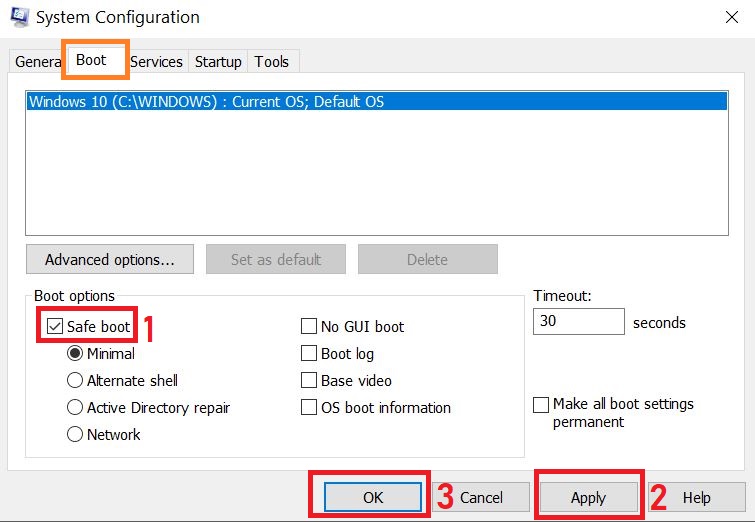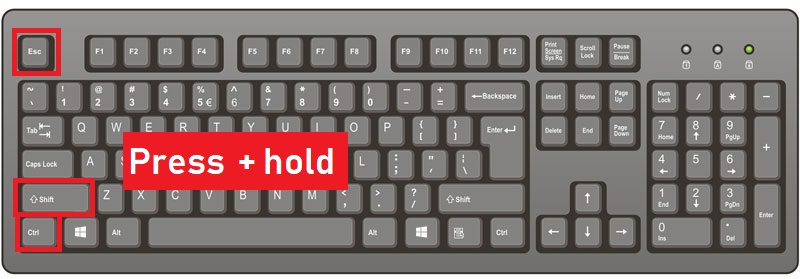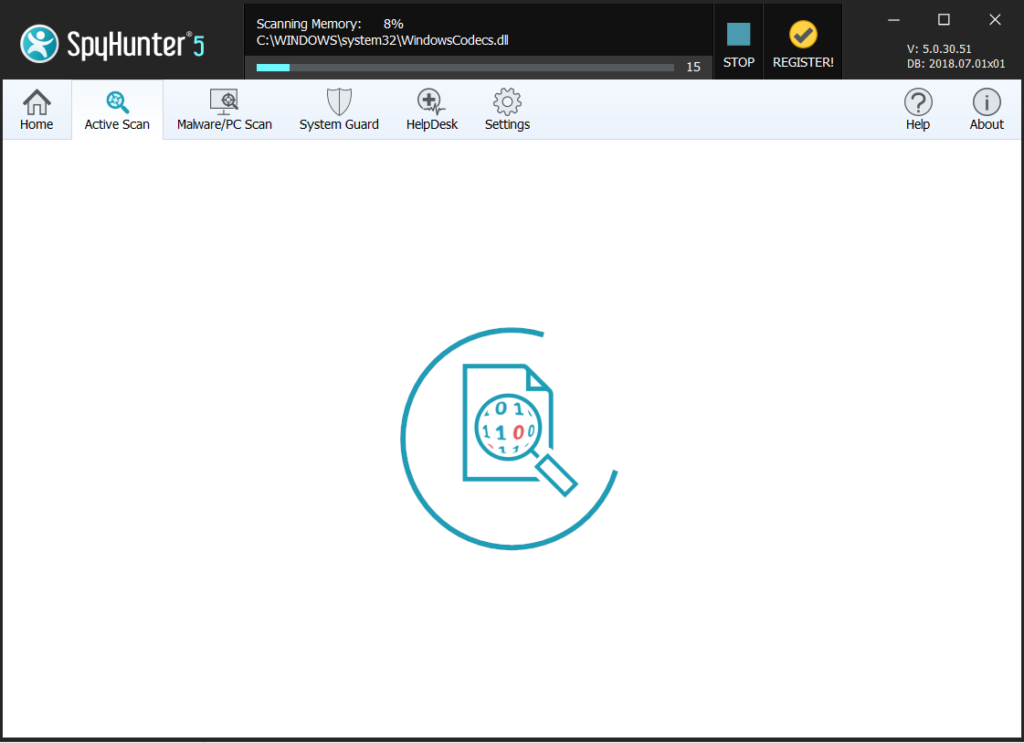A new form of browser hijackers and adware has started to surface, using push notifications to slither ads and slow down your PC. This case uses the Moatads “Virus” domain which may be added as a result of an adware application on the computers of victims. In addition to this, the Moatads “Virus” redirects may also lead to sites that are unsafe and may be outright malicious or scam sites. This is why, if your computer has a problem with Moatads “Virus” redirects, we recommend that you read this article.
| Threat Name | Moatads "Virus" |
| Category | Adware/PUP/Browser Hijacker. |
| Main Activity | Slithers onto your computer and heavily modifies your web browser settings to cause advertisements and collect data. Mostly displays browser redirects to PushWhy.com URLs. They may ask you to accept Push Notifications. |
| Signs of Presence | Multiple third-party advertisements as well as a slow computer. |
| Spread | Via malicious e-mail spam and set of infection tools. |
| Detection+Removal | DOWNLOAD REMOVAL TOOL FOR Moatads "Virus"
Note!For Mac users, please use the following instructions. |
How Does Moatads "Virus" Work
Moatads "Virus" was created by developers who also are a brand of the some of the most famous PUA(Potentially Unwanted Application) maker groups. The ad-supported character of this software makes it to often be categorized by users as adware, which is not far from the truth. However, because the application is not malicious and is also classified as a low-level type of threat many antivirus programs tend to skip it.If it is active on your computer, some of the signs to notice it are:
- Seeing “Ads by Moatads "Virus"” or “A Moatads "Virus" Ad” or any similarly caption advertisements showing as pop-ups, banners, etc.
- Noticing phishing web pages or browser redirects to third-party search engines, besides the original one used by default on your web browser.
- Sluggish performance of your computer.
In addition to this general activity of Moatads "Virus", the add-supported program may also perform multiple different types of advertisements that link to various third-party websites. And this is not good, because those programs may collect certain specific information from your computer using:
- Pixels.
- Flash cookies.
- Tags.
- Web cookies.
- Others.
Such technology can be used to obtain your:
- IP address.
- Search history.
- Mouse clicking history.
- Tracking of your search history.
- Browser history.
This data may then be used to display targeted advertisements or for other purposes that have nothing to do with your interest. Some third-party websites which may be linked either via Moatads "Virus" or it’s advertised entities, may redirect you to a malicious web link that may prompt you to download a fake installer or a malicious web link. Such malicious objects can even infect your computer with different malware:
- Ransomware.
- Worms.
- Trojans.
- DDoS software.
- BitCoin miners.
- Banking malware.
- Keyloggers.
What Does Moatads "Virus" Redirect Do on My Computer?
Adware or ad-supported software is a category of programs which are created to show different types of advertised content on your computer system. This content includes displaying pop-ups, redirecting tabs from your web browser to web pages that are unfamiliar and may cause your PC harm.
Other side effects of having adware programs such as Moatads "Virus" on your computer is that the software begins to collect your data without your approval. Usually most adware programs do not notify that they collect data and these software are often deemed to be malicious.
How Bad Does Moatads "Virus" Adware Affect You?
Besides it’s primary goal – do show you various types of adverts and collect your information, _ adware does not aim to show you that it’s there. There may usually be several signs that the program is installed on your computer and these signs may be the:
- Name of the program on the displayed advertisements.
- Moatads "Virus" installed as a suspicious browser extension, that pretends to be legitimate.
- If it is situated on your Windows Programs and Features.
Since detection of the Moatads "Virus" Adware program can be a tricky process, because most of the files it creates are concealed in different Windows locations, removal of it may be a tricky process. You can try to locate it’s suspicious web browser extensions on your Chrome, Firefox, Explorer or other browser and you can try to uninstall it from the Programs and Features menu in Windows. However, this does not guarantee that the program won’t be back after this, like it usually happens with such software. This is the main reason why an adware-specific removal program should be used to scan for and delete all of the objects related to Moatads "Virus" browser hijacker from your computer system.
Preparation before removal of Moatads "Virus":
1.Make sure to backup your files.
2.Make sure to have this instructions page always open so that you can follow the steps.
3.Be patient as the removal may take some time.
Step 1: Reboot your computer in Safe Mode:
Step 2: Cut out Moatads "Virus" in Task Manager

Step 3: Eliminate Moatads "Virus"‘s Malicious Registries.
For most Windows variants:
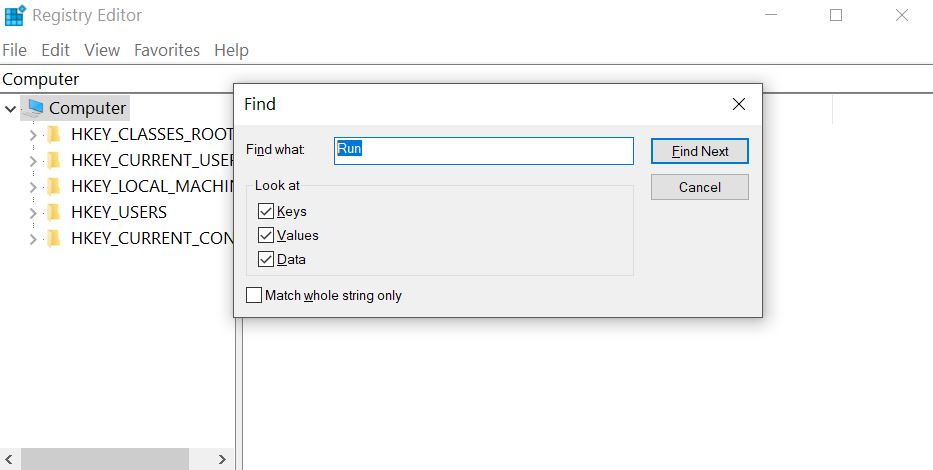
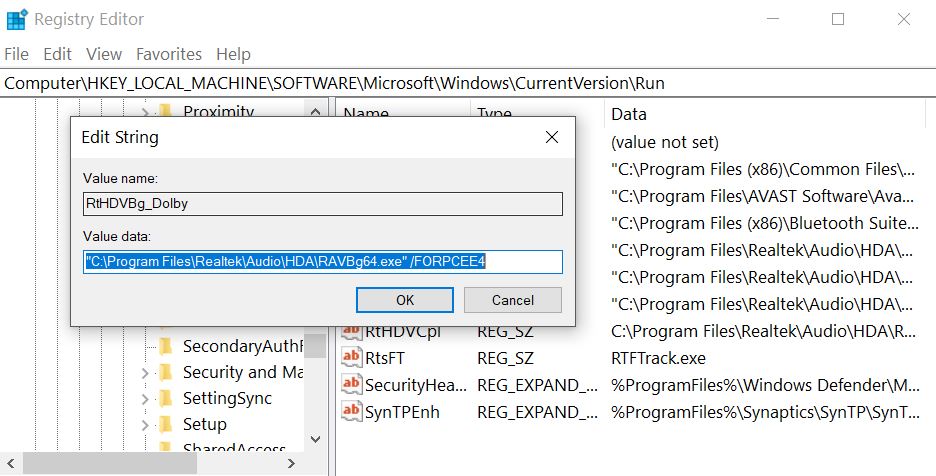
Step 4: Scan for all virus files, related to Moatads "Virus" and secure your system.
If you are in Safe Mode, boot back into normal mode and follow the steps below
It is advisable to run a free scan before committing to the full version. You should make sure that the malware is detected by SpyHunter first.

